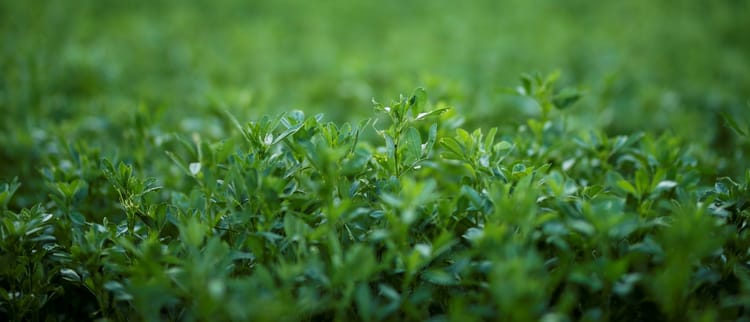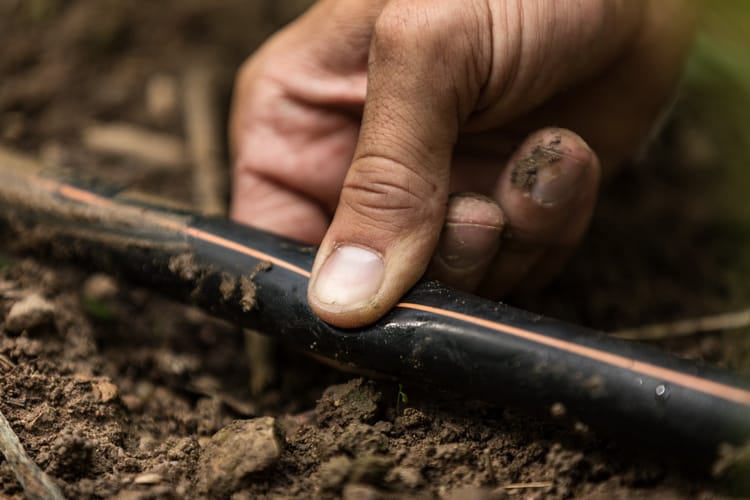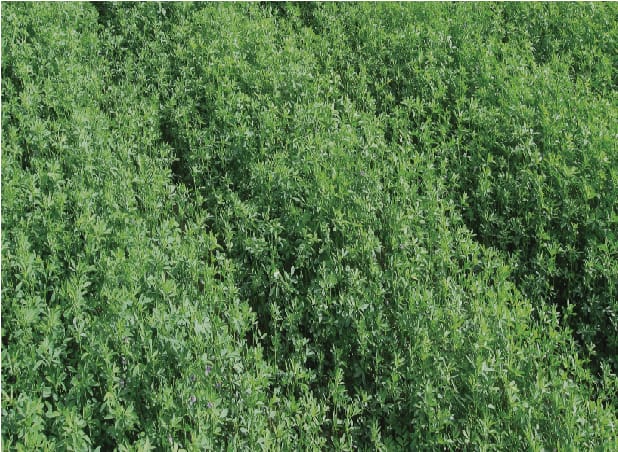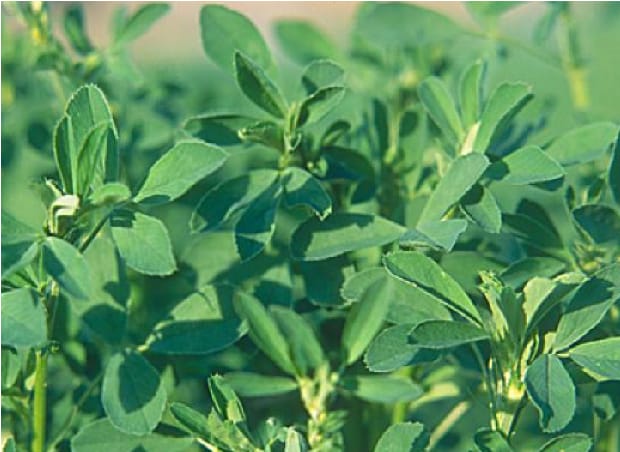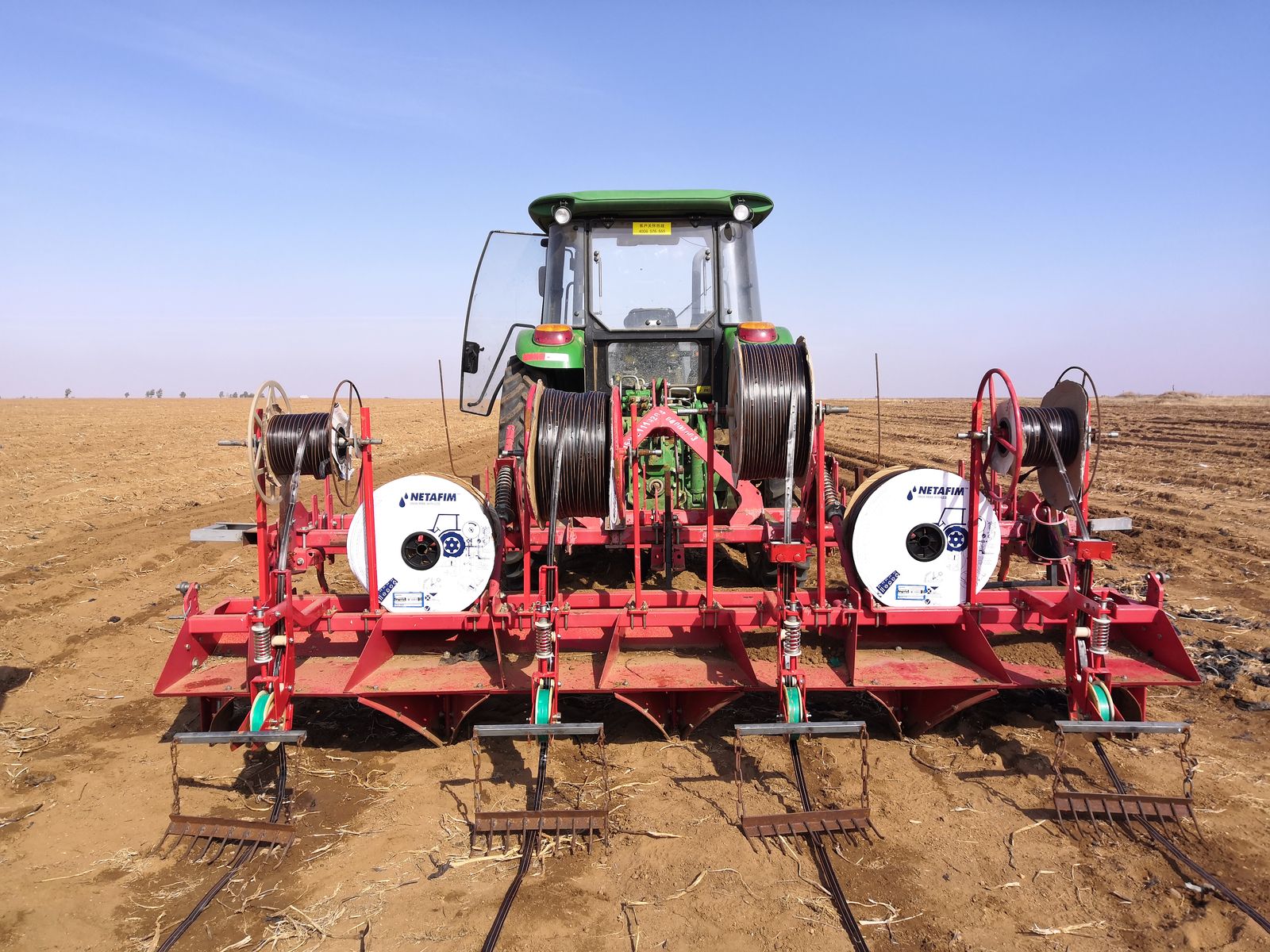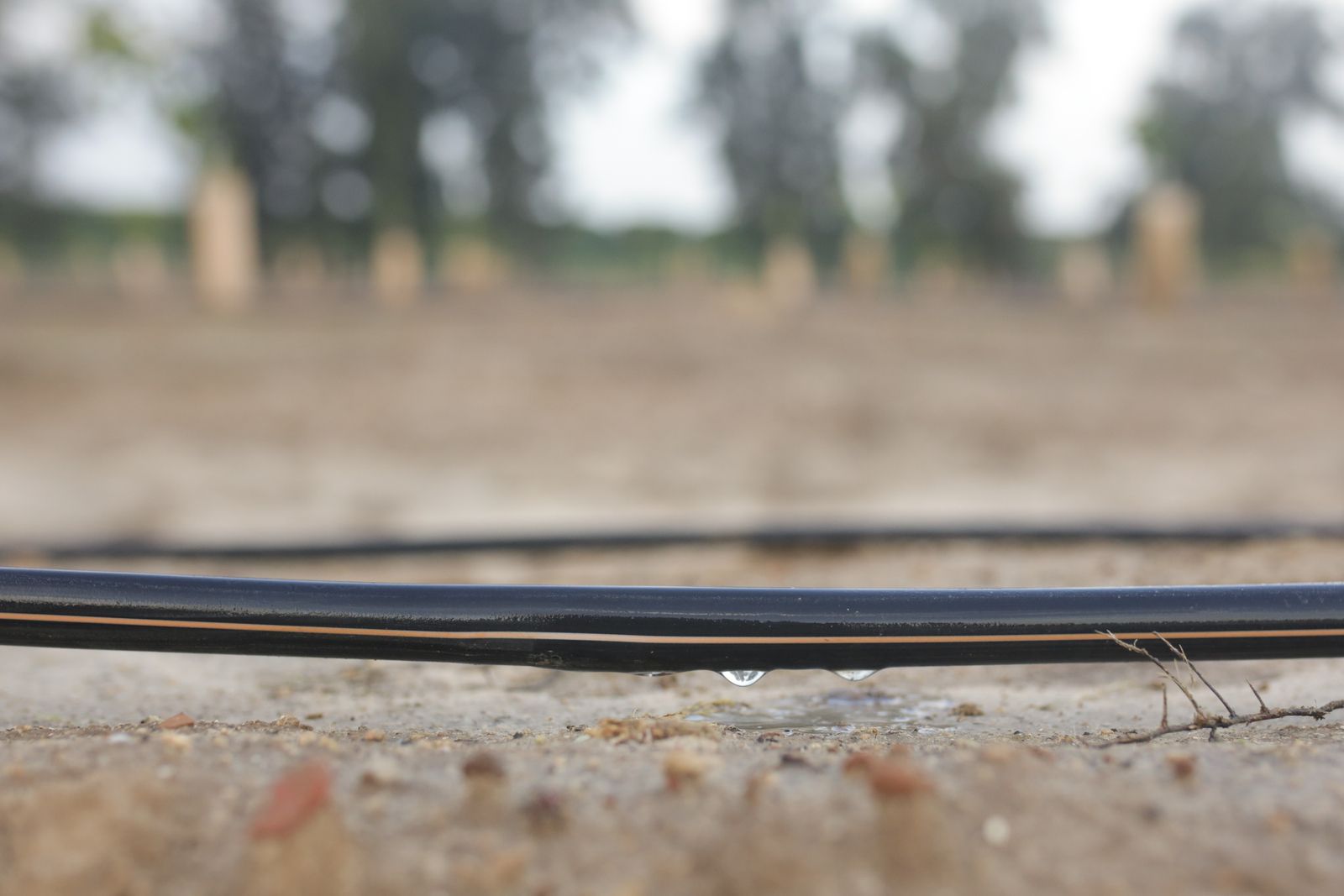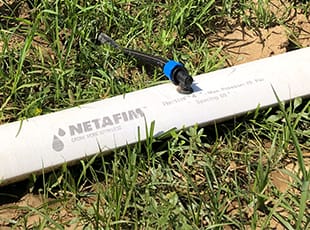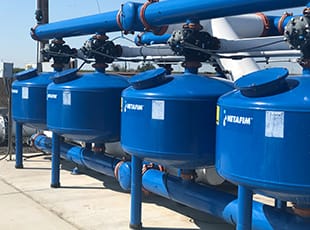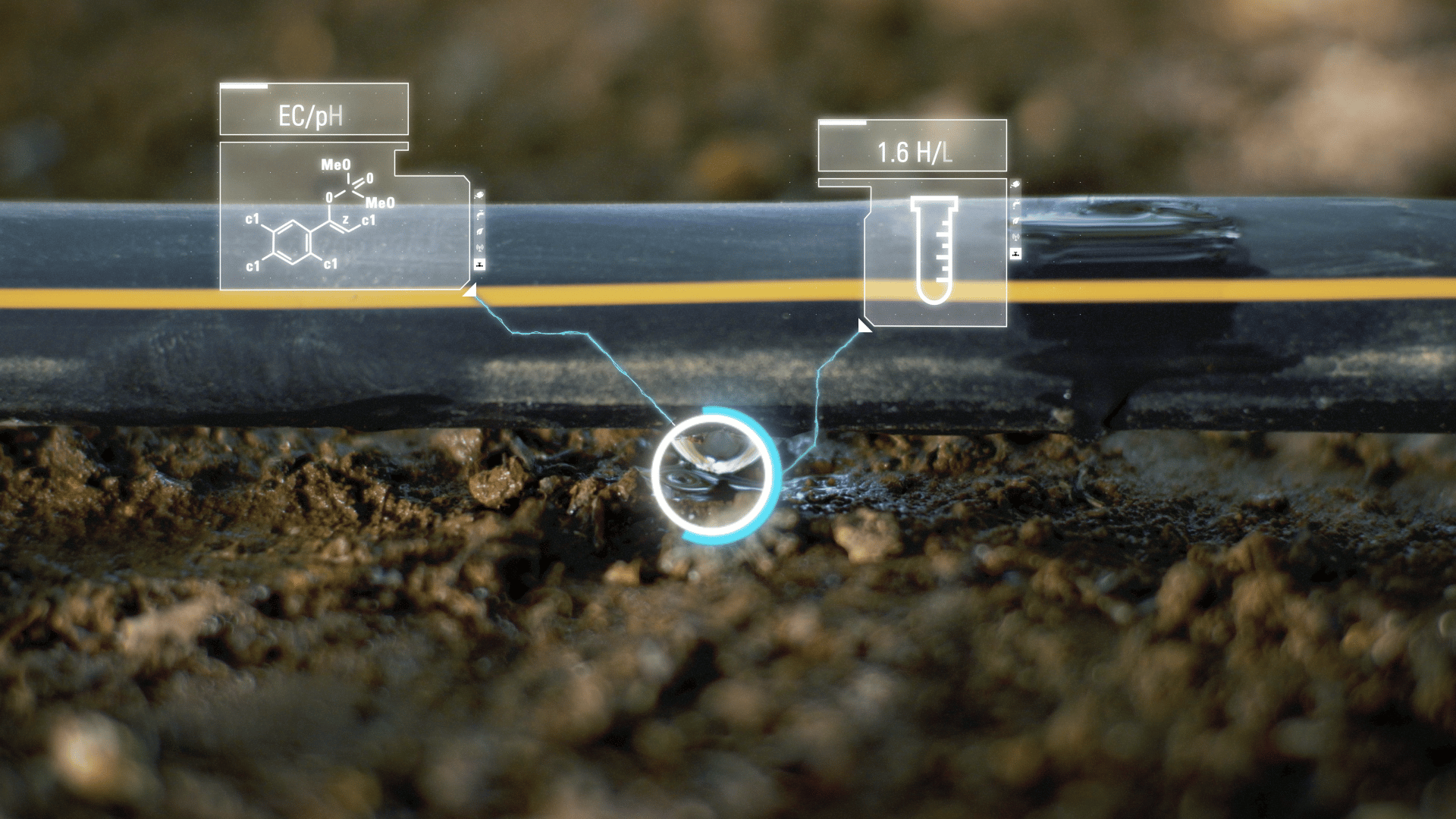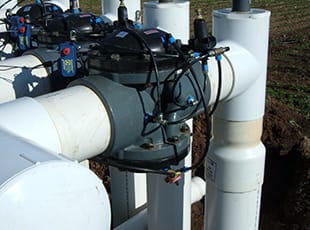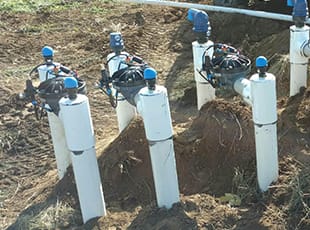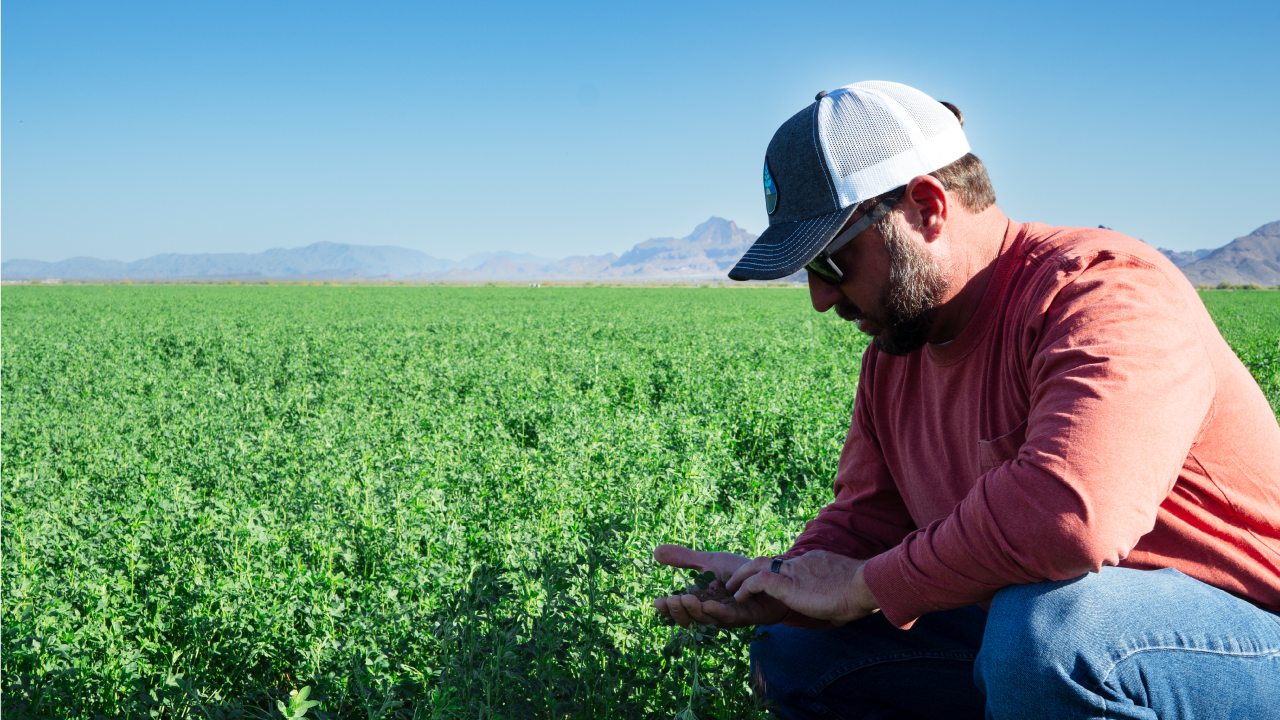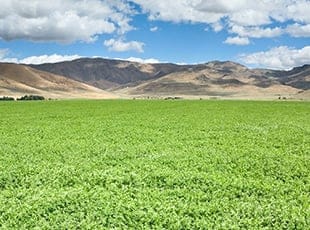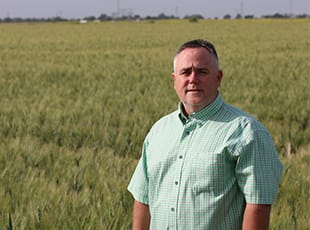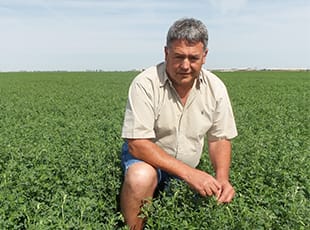Subsurface Drip Irrigation Brings Farming to a New Level of Efficiency
Irrigating alfalfa is much different than irrigating most other crops because it is a perennial crop with a deep root system that can pull water from deep within the soil profile. Of the common agronomic crops, alfalfa consumes the largest amount of water. Its consumptive use can exceed 46 inches of water in a typical year. Among the many challenges, growers are faced with is the fact that stress caused by too much or too little water has a direct effect on alfalfa yields, crop growth, development, and overall stand quality. It is for this reason that growers are always evaluating their irrigation methods to ensure they are using the most efficient method possible. Learn more about the different methods of irrigation being employed by today’s growers.
Today’s Alfalfa growers are primarily using three methods of irrigation: Flood, Center Pivot and Subsurface Drip irrigation.
- Flood Irrigation (also called surface irrigation) uses the soil surface to flow water down the field from high to low areas. While it is still a common method of irrigation, it also requires an extraordinary amount of water, lacks in uniformity and is the most difficult to manage due to its dependence on soil properties and field topography. As water availability decreases, growers are finding that flood irrigation is not a sustainable method of irrigation for their operation.
- Center Pivot Irrigation is a popular method of irrigation as it offers growers more efficient and more uniform delivery of water to the alfalfa crop when compared to flood irrigation. But, despite its efficiency when compared to flood, fields that use center pivot systems have increased weed pressure, are more susceptible to diseases due to wet foliage and lose water due to evaporation before it reaches the plant’s root zone. UC Davis research has also shown that the constraints on water application by center pivots, may result in the deep-rooting alfalfa plants not receiving the right amount of water for maximum growth.
- Subsurface Drip Irrigation is a management tool that allows precise control over the root zone environment of an alfalfa crop. This control can be used to increase yields, reduce water needs and runoff or better manage crop quality. SDI enables optimal uniform soil moisture with outstanding aeration and directly disperses water and nutrients to the crop’s root zone.

